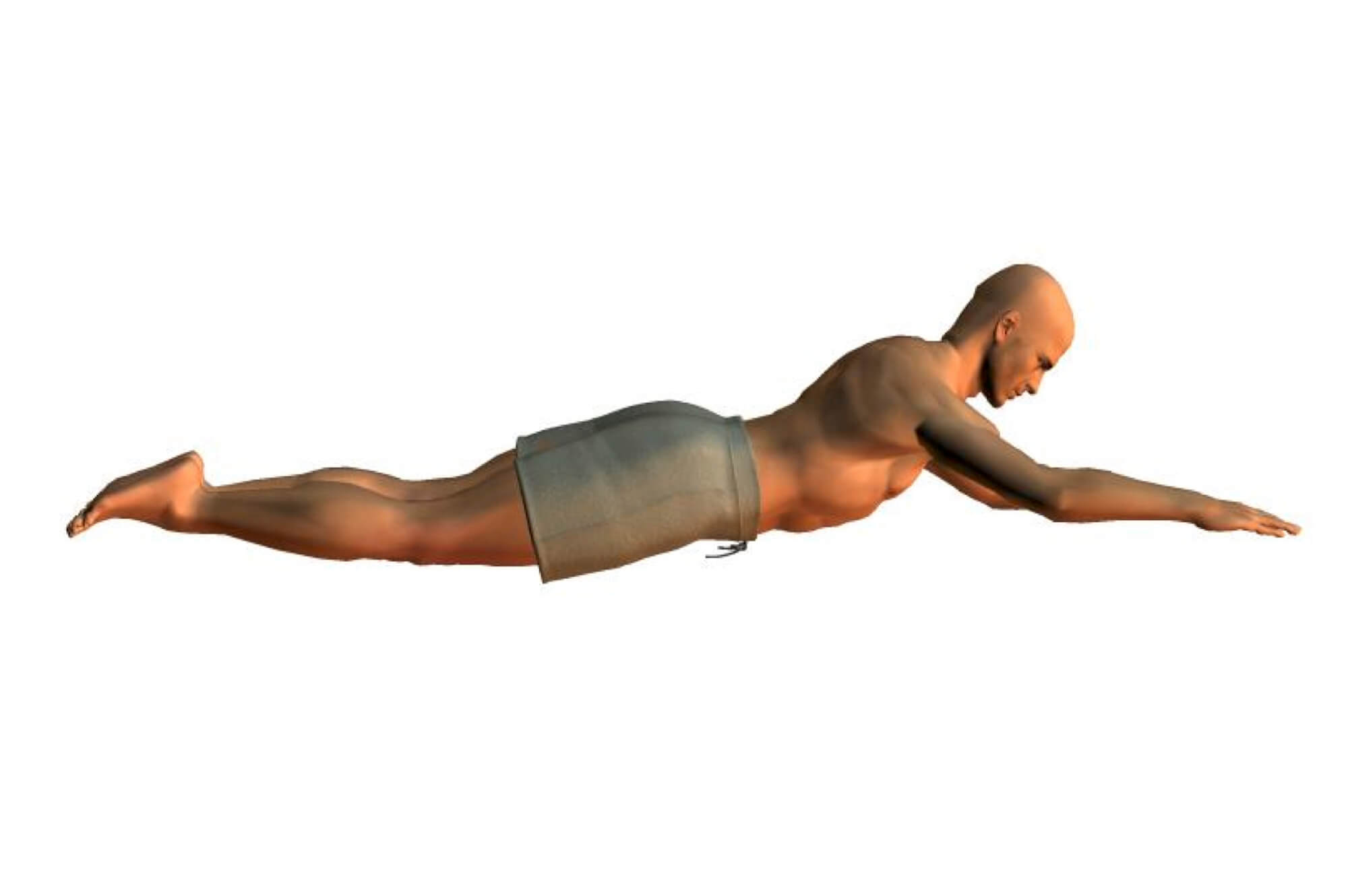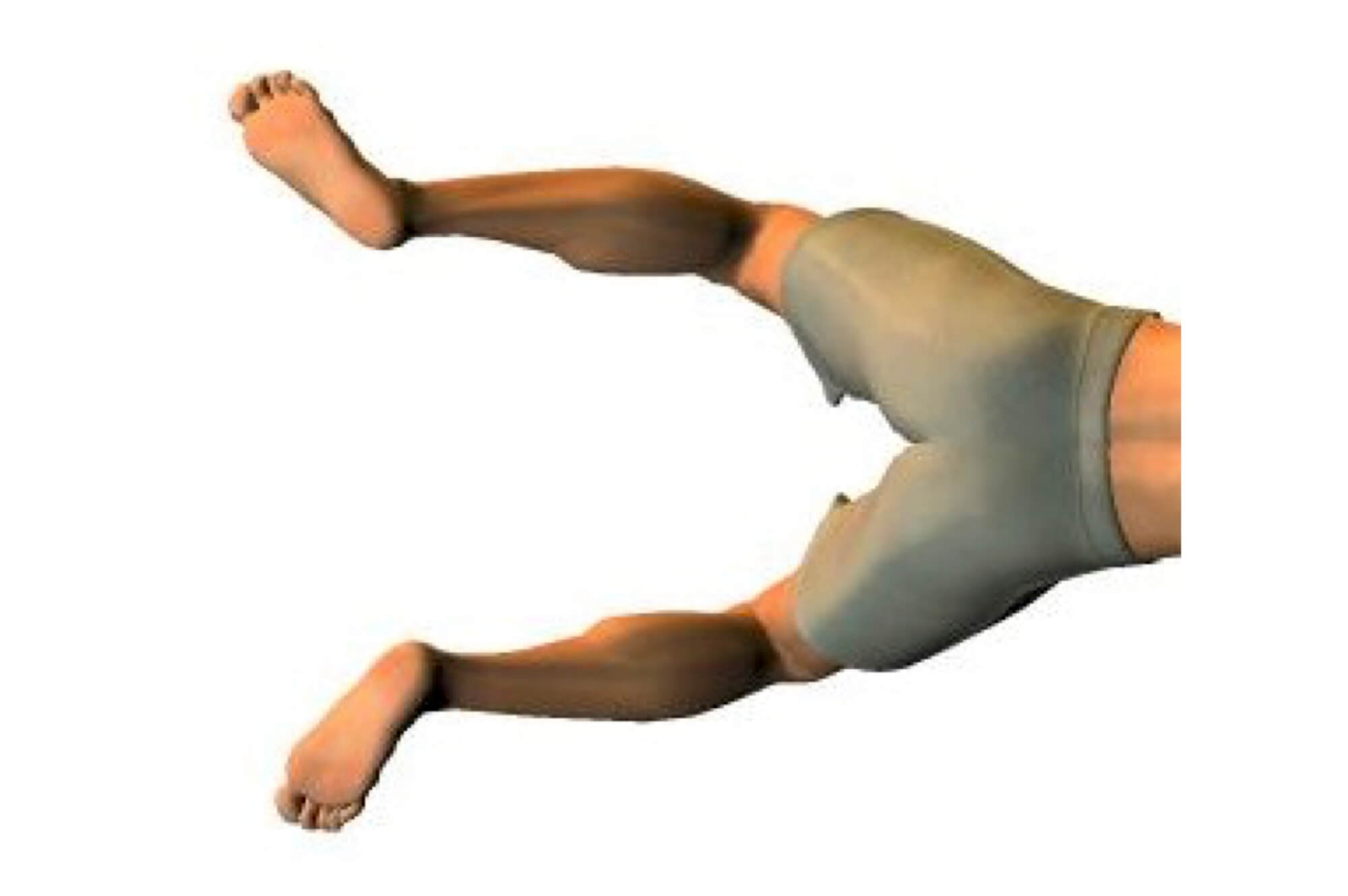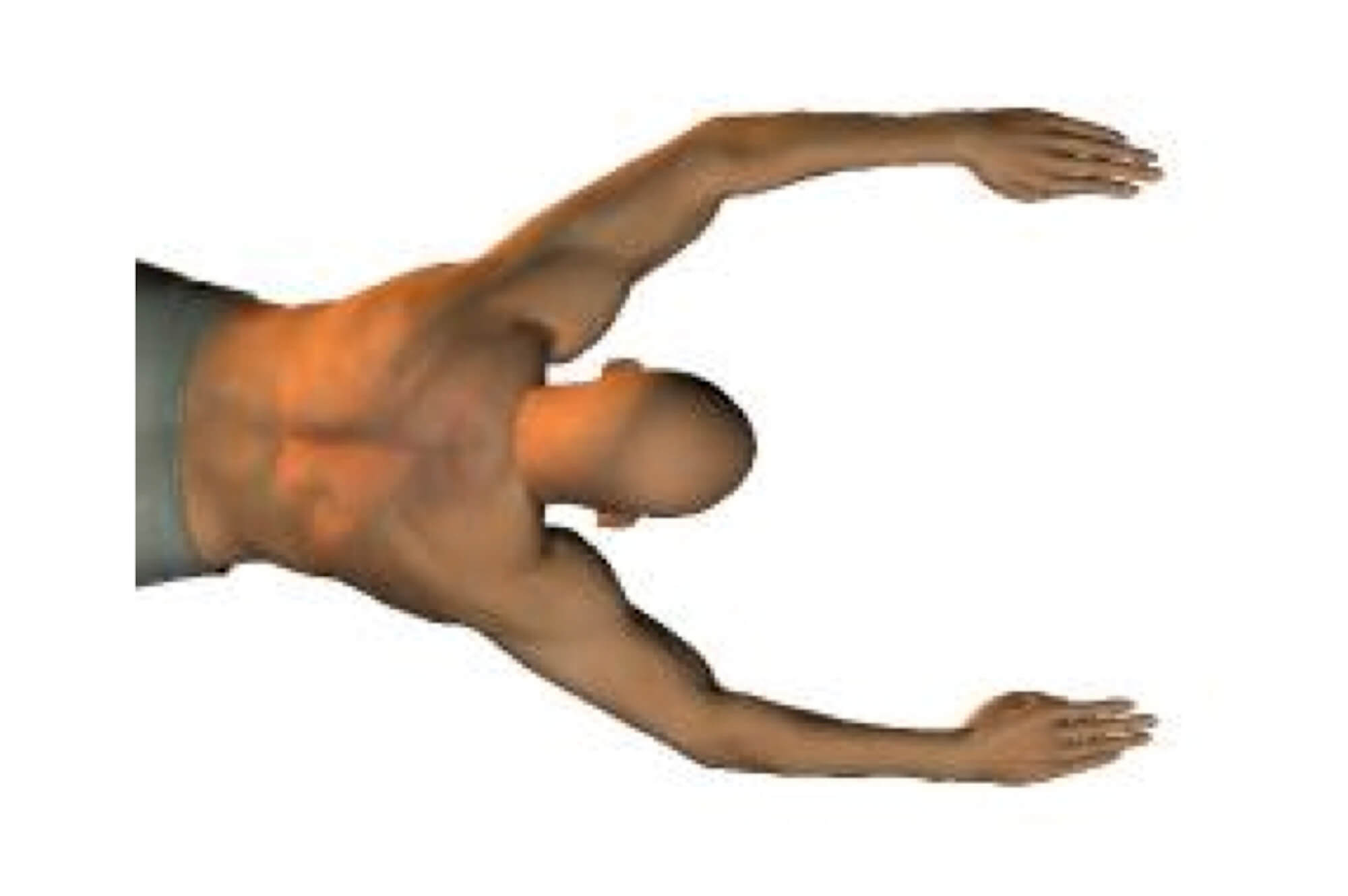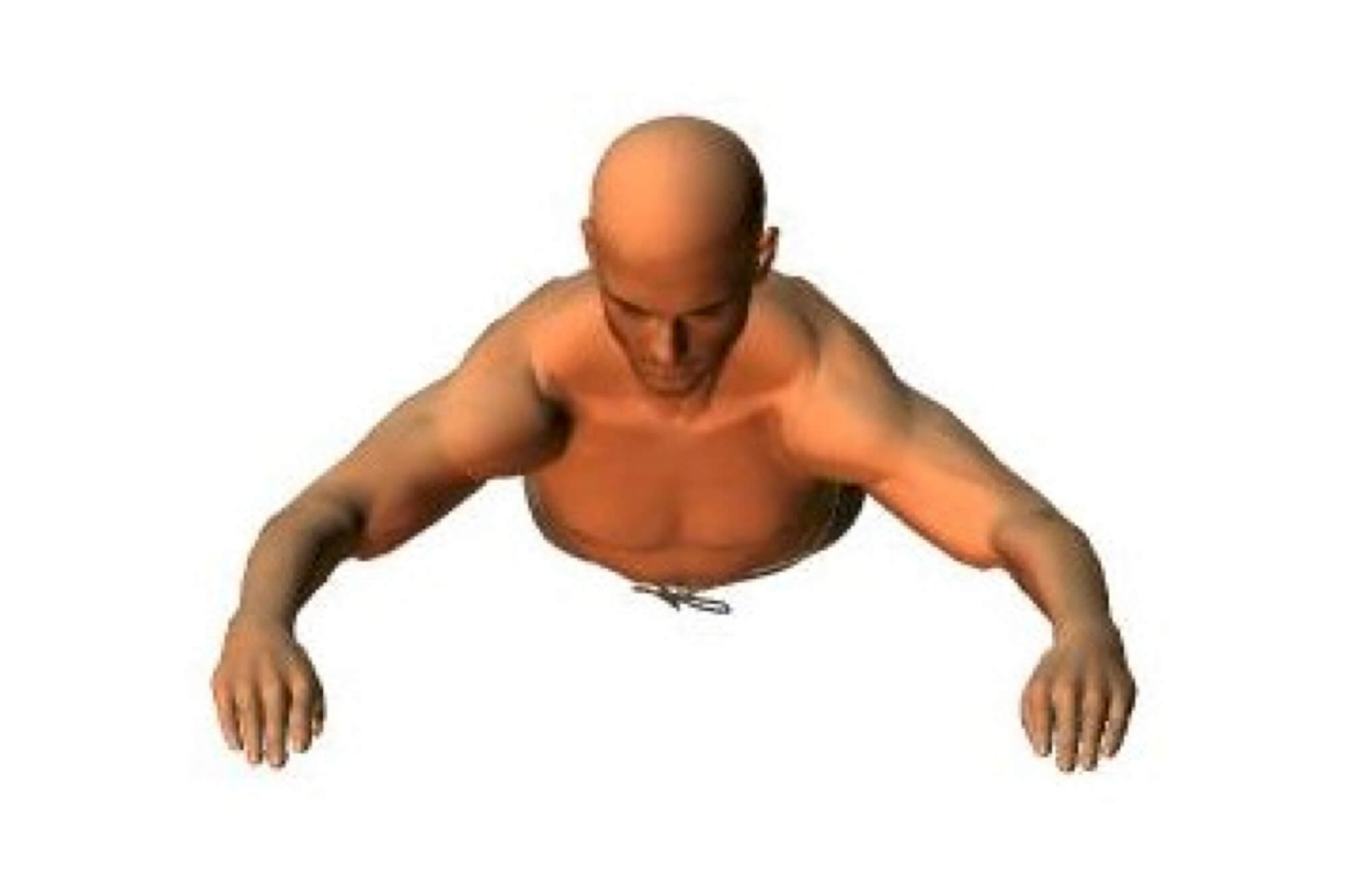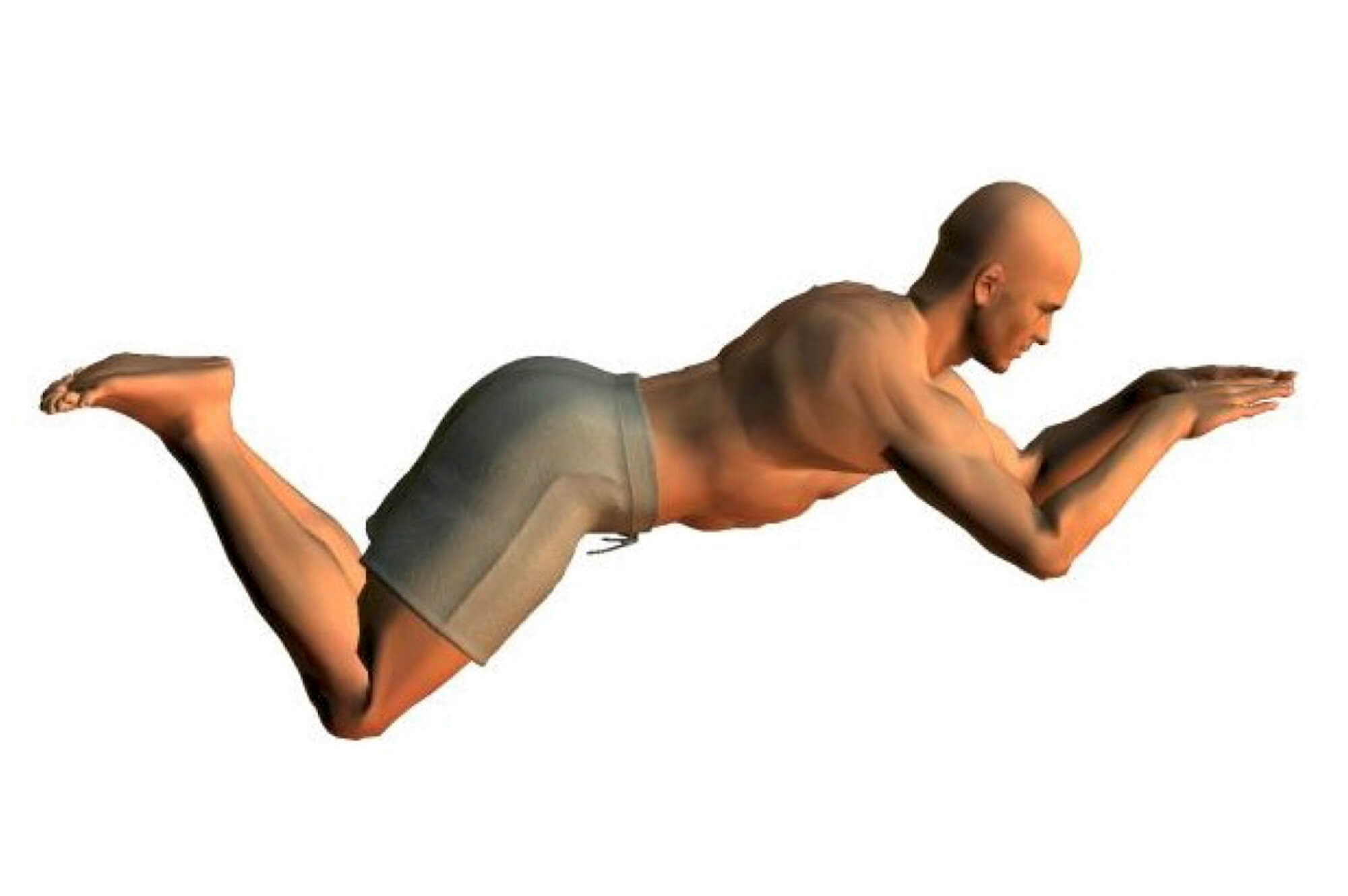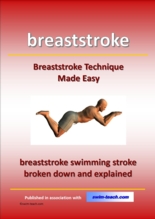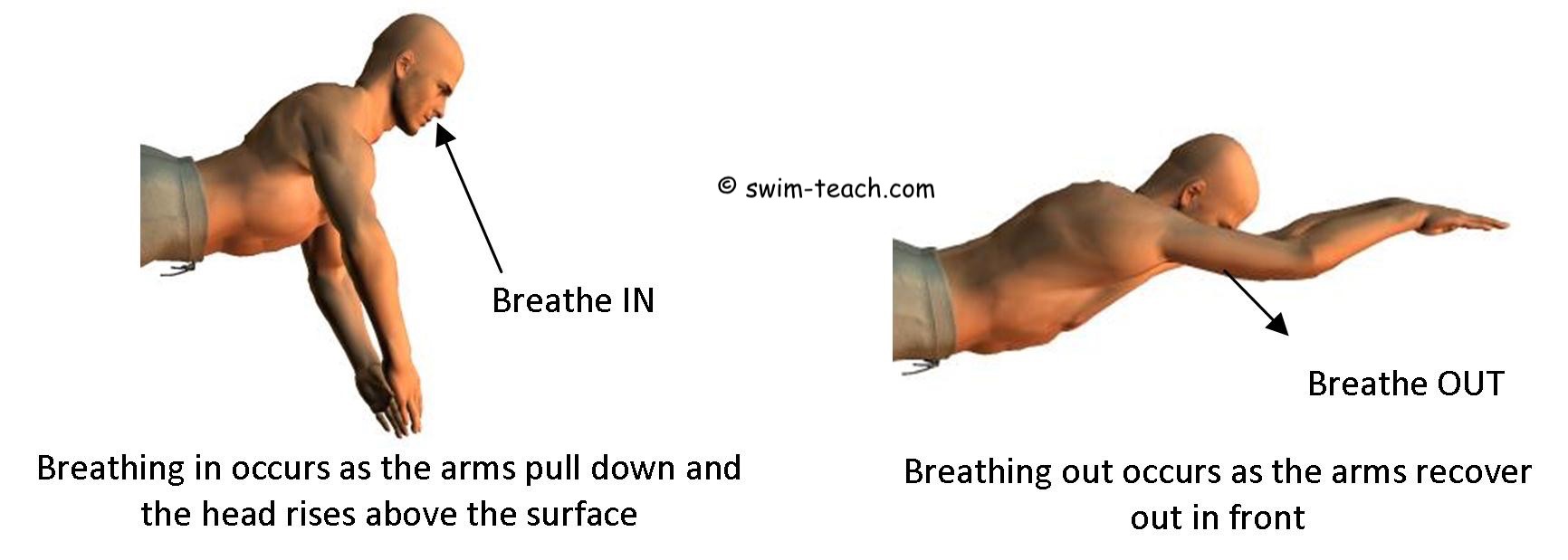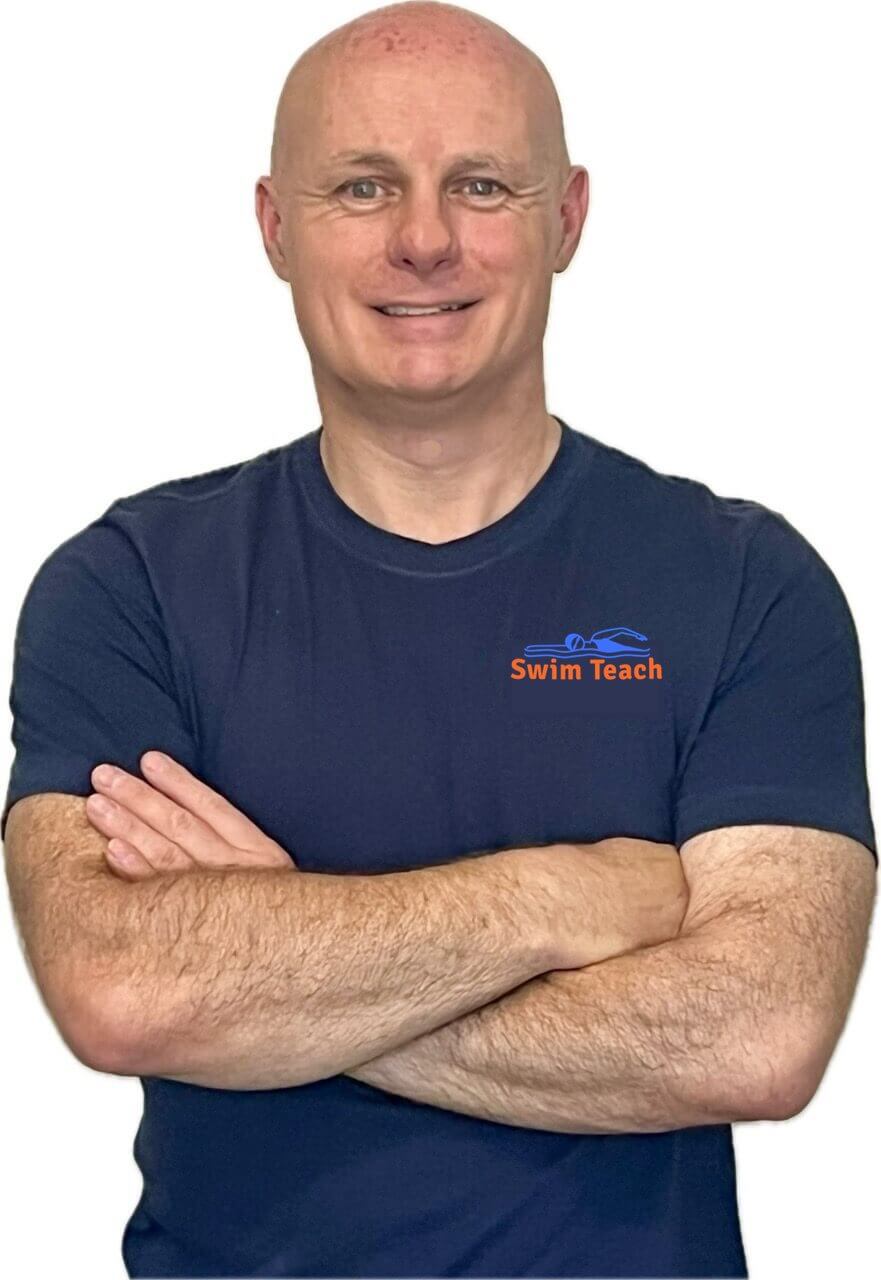- Swim Teach Home
- breaststroke swimming
- Breathing When Swimming Breaststroke
Breathing When Swimming Breaststroke
Do you struggle with breathing when swimming breaststroke? Can't work out when to inhale and when to exhale? Maybe you breathe at the right time but become exhausted sooner than you would like.
Sound familiar? Read on.
HOW TO SWIM BREASTSTROKE EBOOK: everything you need to master breaststroke swimming stroke. 22 easy drills that focus on each part of breaststroke technique. From body position to breathing and timing. Decades of teaching experience all packaged into 1 easy file. Download to your device and master breaststroke TODAY! (click here for an INSTANT preview).
Don't miss out! Click here for more details on how to get your copy.
Breaststroke For Beginners: Breathing
In the video demonstration below, you can see how the breaststroke breathing technique fits seamlessly into the swimming stroke cycle. The arms pull the head up, and the legs kick the head down. Breathe in - breathe out. All without interrupting the flow of the movements.
Breaststroke breathing usually occurs naturally as the overall breaststroke technique has a natural body lift, giving the ideal breathing point with each stroke.
Inhalation occurs at the end of the in-sweep as the body allows the head to lift clear of the water. The head raises enough for the mouth to clear the surface and inhale, but not excessively, to keep the frontal resistance created by this movement to a minimum.
The head returns to the water to exhale as the arms stretch forward to begin their recovery phase.
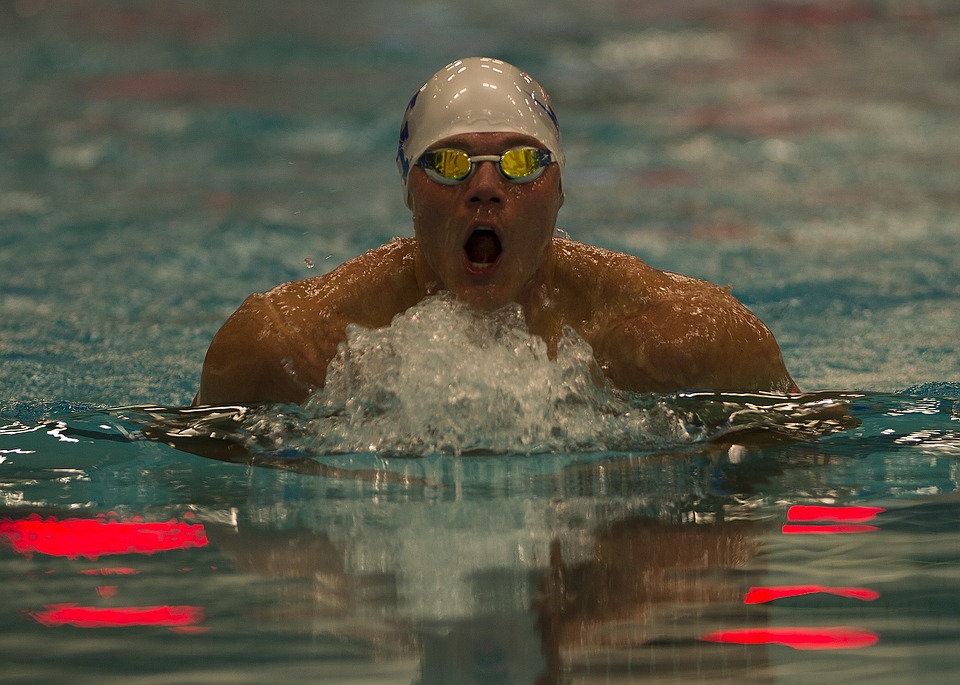
FREE EBOOK: all technique tips here can be found in my 'Breaststroke Technique' book, along with a couple of bonus drills to help you perfect some essential parts of the stroke.
Don't miss out! Click here to grab a FREE copy of my book.
Explosive or Trickle Breathing?
Correct breathing technique is essential to maintain a smooth swimming stroke, and trickle breathing is generally easier and less energy-consuming. The trickle breathing technique is breathing in and then exhaling in a slow and controlled way as if blowing gently through a straw.
Breathing in and out as you swim is more comfortable than holding your breath. Therefore, explosive breathing (performing inhaling and exhaling explosively quickly) can be very exhausting.
Some swimmers perform the stroke with the head raised to keep the mouth and nose clear of the water at all times, simplifying the overall breathing technique.
To help keep your breaststroke smooth and as effortless as possible, breathing in time with your arm pull and leg kick actions is crucial. Inhalation occurs as the arms pull around and the head lifts. Exhalation happens when the legs kick back and around, and the face or mouth submerges to blow out. Click here for more about breaststroke timing and coordination.
Breathing When Swimming Breaststroke Just Got Easier
Now you know how and when to breathe, use the drills in my book 'How To Swim Breaststroke' and get your breathing in time with your arm pulls and leg kicks.
Click below to download to your computer, tablet or mobile device, or click here for more information.
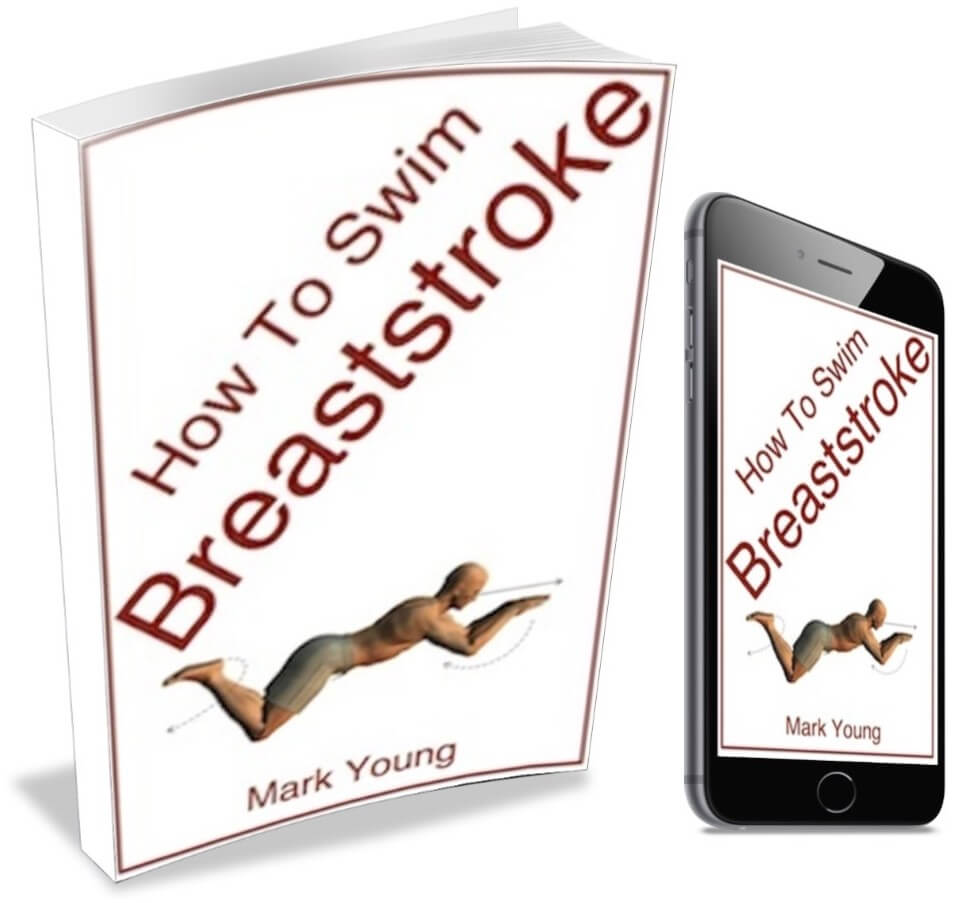 How To Swim Breaststroke
How To Swim Breaststroke$9.99

I am a member of the Amazon Associates Program and I will earn a commission from qualifying purchases at no extra cost to you.
Do You Make These Common Breaststroke Breathing Mistakes?
Some beginners experience difficulty breathing during breaststroke. The two main reasons are:
- Not lifting the head enough to clear the water surface and inhale
- Holding the breath and therefore failing to breathe out into the water
This swimming stroke needs a powerful leg kick, and it is this leg kick that gives a natural body lift.
Together with breaststroke arm action, enough lift should enable the mouth to clear the water surface to inhale.
The most common mistake with breathing when swimming breaststroke is failing to exhale during the glide phase, making it impossible to inhale again or forcing the swimmer to use an explosive breathing technique.
Although explosive breathing is a valid technique for this swimming stroke, it is usually only used competitively.
When swum recreationally, exhaling during the glide phase of the stroke is more efficient and uses less energy.
Using a woggle or swim noodle under the arms provides support. It allows the swimmer to swim in slow motion while practising the breathing technique. Extending the body into a long glide as exhalation occurs ensures that breathing happens seamlessly with the whole stroke cycle, keeping the stroke most efficient.
For more breaststroke drills for beginners, click here.
Real-Life Questions and Answers
I need some help with the breathing technique for breaststroke. 'Very frustrating not being able to get your head above the water's surface and, therefore, not being able to breathe!'
I'm having difficulty breathing in breaststroke. I've learnt to swim the strokes underwater, and now I have to come up to breathe, and I'm finding it hard. 'The breaststroke breathing technique is enormously frustrating for an adult to learn because, in theory, it’s a simple action. Yet, physically, it’s tricky to get the hang of, especially for an adult.'

